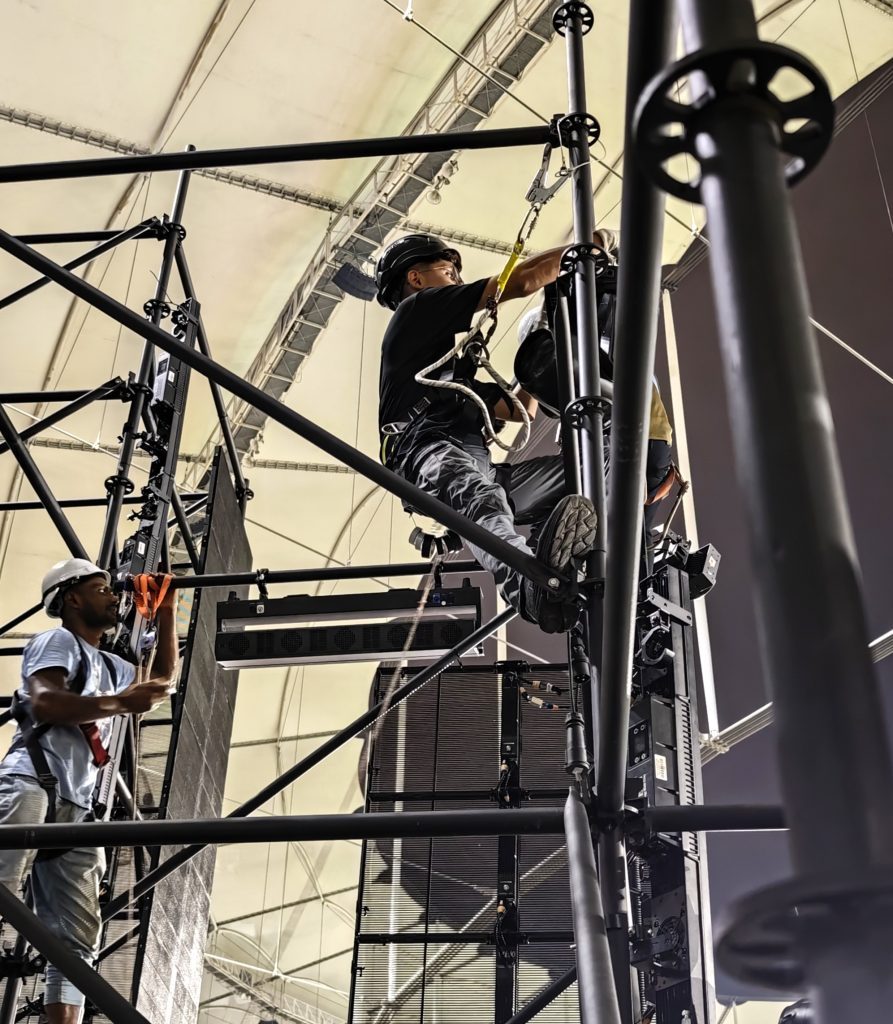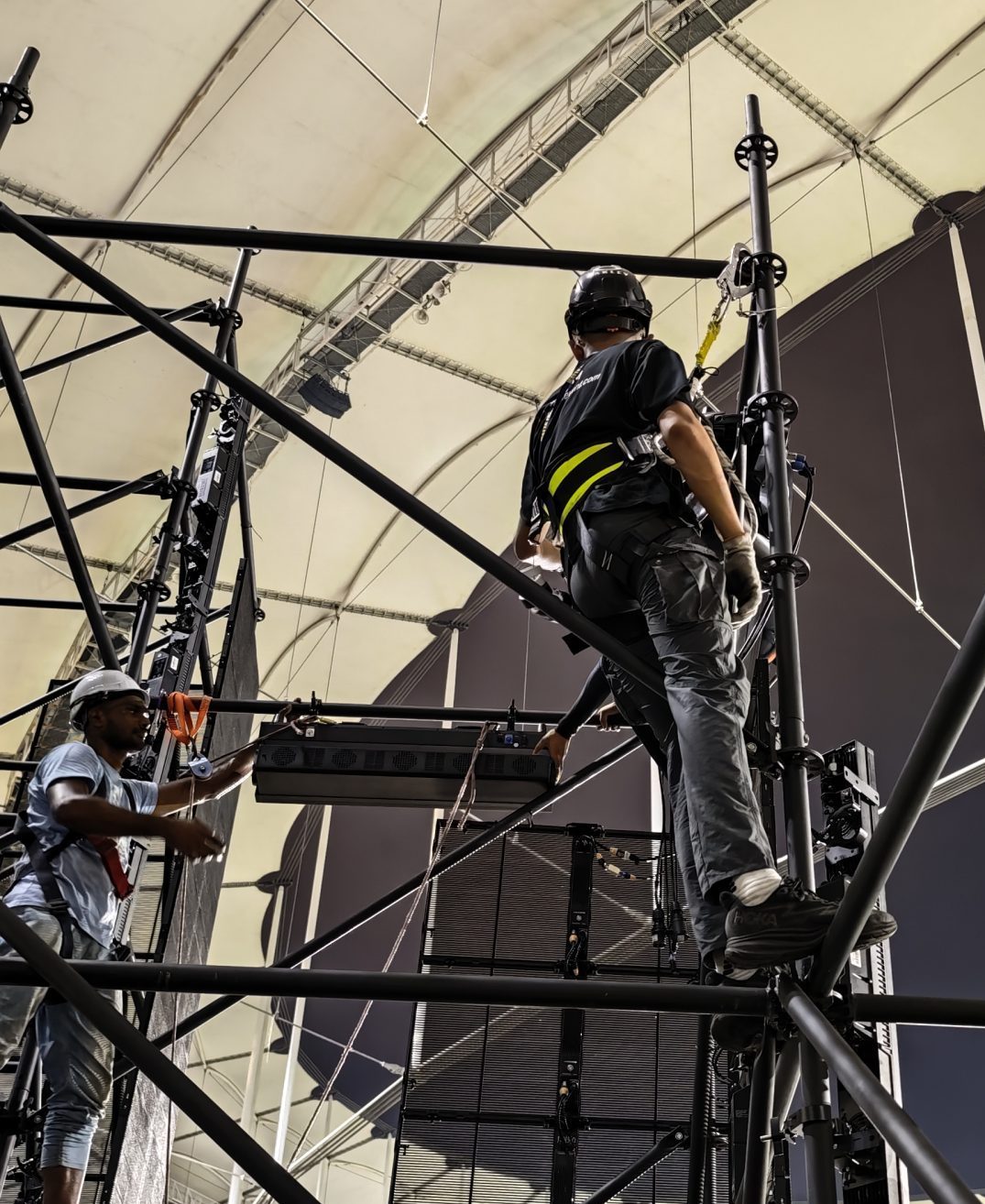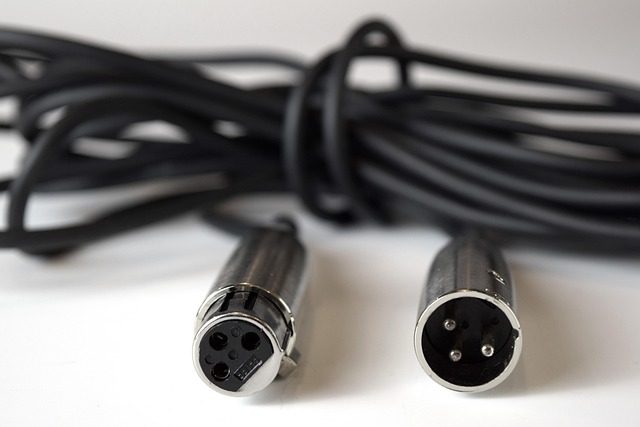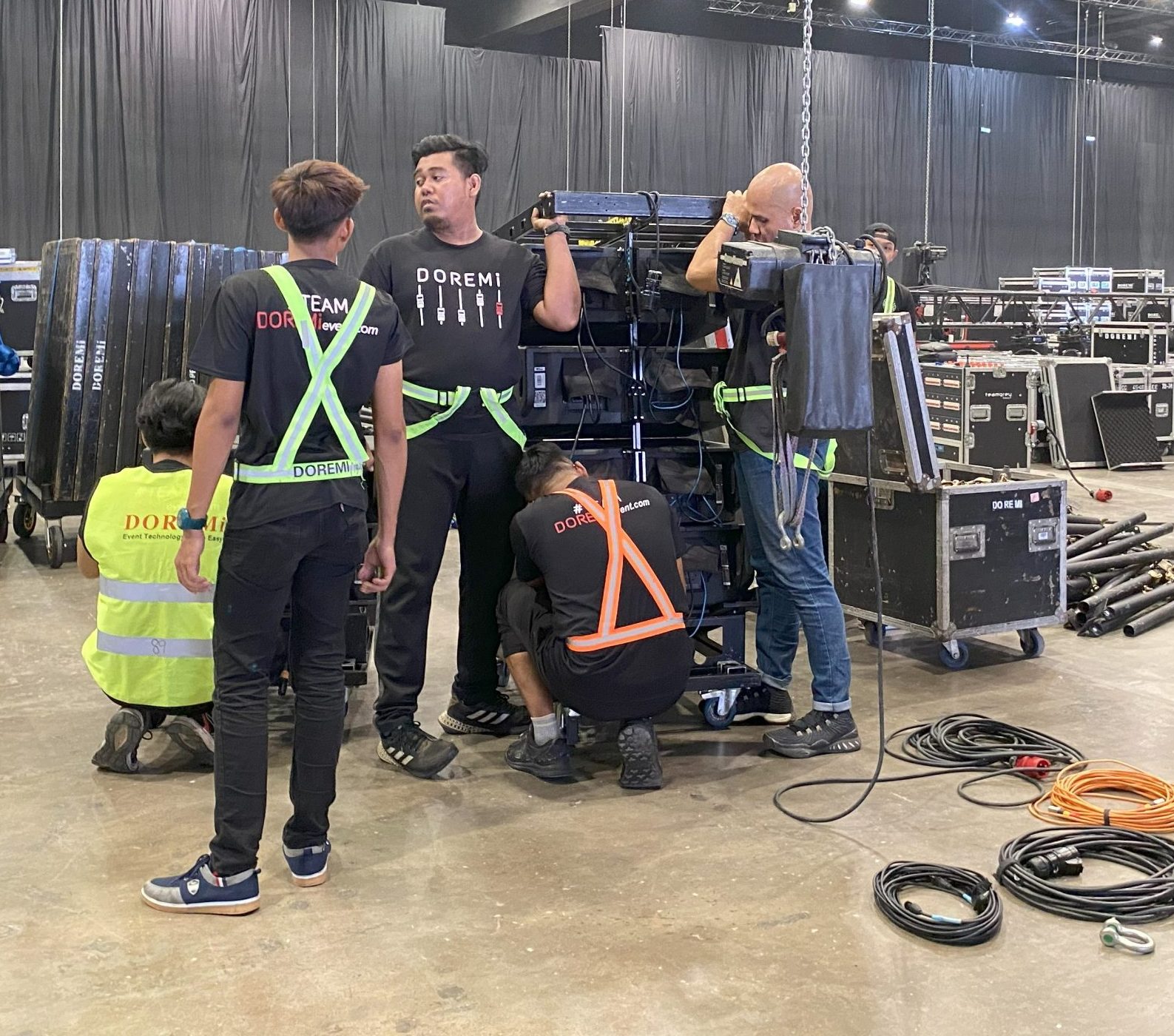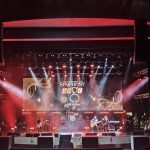From concerts to corporate shows, there’s a lot happening behind the scenes—rigging, cabling, lifting, and loading. It might not be glamorous, but safety is everything! Keeping things secure isn’t just smart—it protects your crew, your gear, and your event. So before the spotlight hits the stage, let’s talk about the best ways to keep your setup solid and accident-free.
Understanding Rigging Safety for Events
Rigging refers to the suspension of equipment such as lighting, speakers, and stage elements. Poor rigging practices can lead to structural failures, posing serious risks to crew members and attendees.
Table of Contents
ToggleKey Rigging Safety Guidelines
- Use Certified Rigging Equipment
- Always use industry-approved rigging gear that meets safety standards.
- Equipment should be tested and certified for load-bearing capacity.
- Check Load Limits
- Every rigging component must handle the weight it supports.
- Overloading can lead to equipment failure and accidents.
- Secure Connections
- Double-check shackles, chains, and trusses to prevent loose fittings.
- Use secondary safety measures like safety cables to prevent falling objects.
- Conduct Pre-Event Inspections
- Inspect all rigging points before the event to identify potential hazards.
- Look for wear and tear, rust, or weak connections.
- Train Rigging Personnel
- Only qualified professionals should handle rigging setups.
- Provide regular training on rigging safety protocols.
Cabling and Equipment Checks for Events
Cabling is a crucial aspect of event safety, ensuring power distribution and signal transmission without hazards. Poor cable management can lead to tripping hazards, electrical failures, and fire risks.
Best Practices for Cabling Safety
- Organize Cables Properly
- Use cable management systems to prevent clutter and tripping hazards.
- Secure cables with cable ramps or covers in high-traffic areas.
- Inspect Electrical Connections
- Check for exposed wires, faulty plugs, and overheating risks.
- Ensure grounding to prevent electrical shocks.
- Label Cables Clearly
- Proper labeling helps technicians identify connections quickly, reducing setup errors.
- Use color-coded cables for easy identification.
- Use Protective Covers
- Shield cables from foot traffic and environmental damage.
- Avoid running cables under carpets, which can trap heat and cause fire hazards.
- Perform Regular Maintenance
- Inspect cables and connectors before and after each event to ensure longevity.
- Replace damaged cables immediately to prevent failures.
Event Equipment Inspection Tips
All event equipment, from lighting rigs to sound systems, must undergo thorough checks to ensure safety and functionality.
Essential Equipment Safety Checks
- Test Equipment Before Use
- Run diagnostics on lighting, sound, and video equipment before the event.
- Ensure all components function properly.
- Check for Wear and Tear
- Replace damaged components to prevent malfunctions.
- Look for loose screws, broken connectors, or overheating issues.
- Ensure Proper Ventilation
- Prevent overheating by maintaining adequate airflow around equipment.
- Avoid blocking ventilation ports on electronic devices.
- Secure Heavy Equipment
- Use stabilizers and mounts to prevent tipping or falling.
- Ensure tripods and stands are properly locked.
- Follow Manufacturer Guidelines
- Adhere to recommended usage and maintenance procedures.
- Use approved accessories to avoid compatibility issues.
Event Production Safety Checklist
A structured safety checklist helps event organizers maintain high safety standards.
- Conduct pre-event rigging inspections
- Verify load capacities for suspended equipment
- Ensure proper cable management and labeling
- Test all AV and lighting equipment before the event
- Train staff on emergency procedures
- Maintain clear pathways for safe movement
- Use protective gear when handling heavy equipment
Industry Standards for Event Safety
Event safety regulations vary by region, but international standards provide guidelines for best practices.
Key Safety Standards
- OSHA (Occupational Safety and Health Administration) – Provides rigging safety guidelines for event setups.
- ANSI (American National Standards Institute) – Sets standards for stage rigging and equipment safety.
- ETCP (Entertainment Technician Certification Program) – Certifies rigging professionals for safe event operations.
- PLASA (Professional Lighting and Sound Association) – Offers guidelines for AV equipment safety.
Safe Rigging Practices for Large Events
Large-scale events require advanced rigging techniques to ensure stability and efficiency.
Advanced Rigging Safety Measures
- Use Redundant Safety Systems – Implement backup rigging points to prevent failures.
- Monitor Environmental Conditions – Adjust rigging setups based on wind, humidity, and temperature.
- Coordinate with Venue Management – Ensure rigging structures comply with venue regulations.
- Perform Post-Event Inspections – Check rigging integrity after dismantling to identify wear and tear.
Cabling Safety for Events
Proper cabling ensures seamless power distribution and signal transmission.
Advanced Cabling Safety Tips
- Use Surge Protectors – Prevent electrical overloads and equipment damage.
- Secure Outdoor Cables – Protect cables from weather conditions using waterproof covers.
- Implement Cable Routing Plans – Design efficient cable pathways to avoid clutter.
- Conduct Load Testing – Ensure power circuits can handle equipment loads.
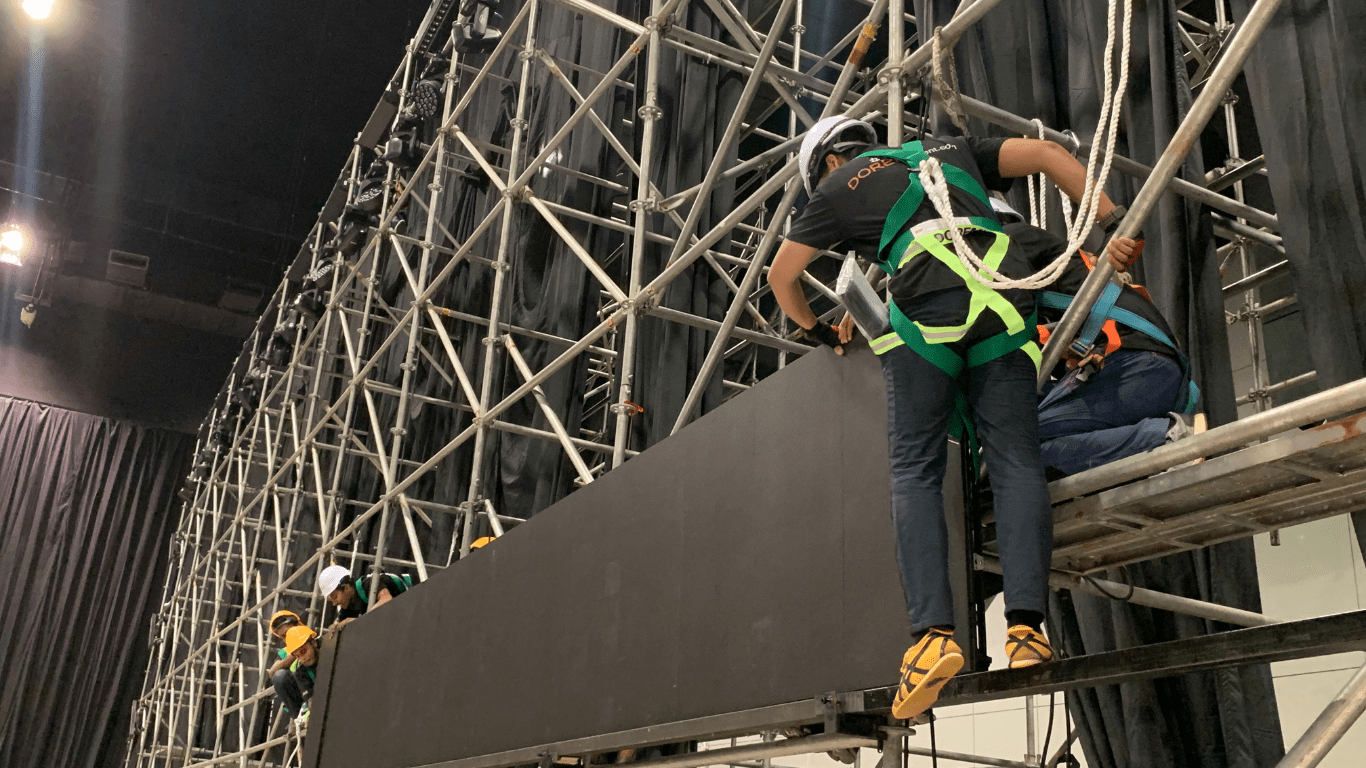
Conclusion
Event safety is non-negotiable when it comes to rigging, cabling, and equipment checks. By following industry best practices, event organizers can prevent accidents, ensure smooth operations, and maintain compliance with safety standards.
ALWAYS REMEMBER: Behind Every Great Event Is a Safe Setup!

